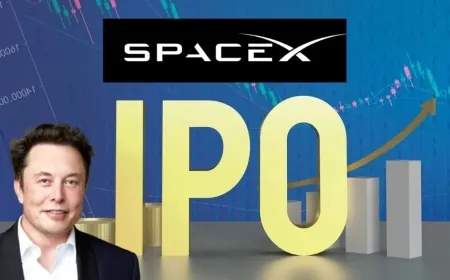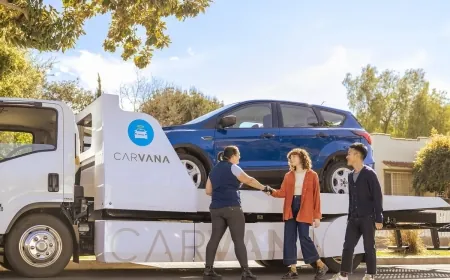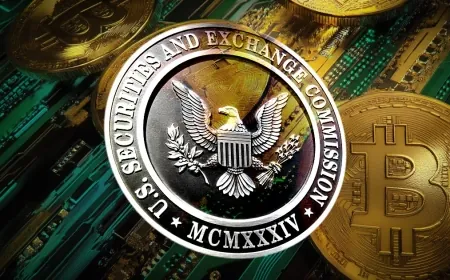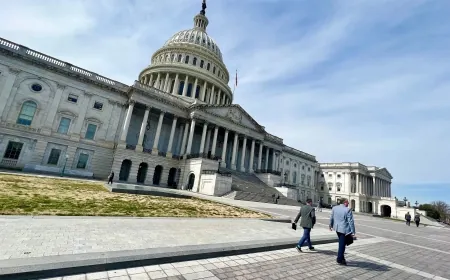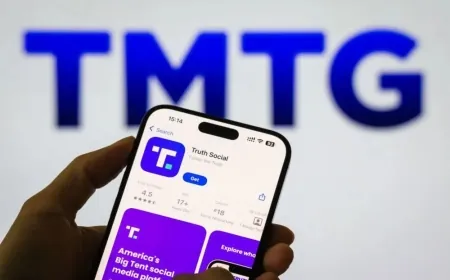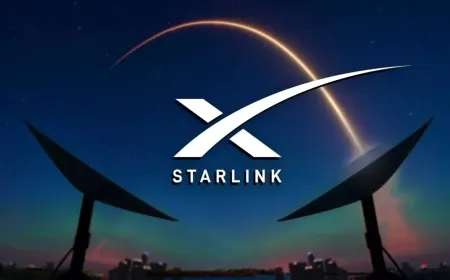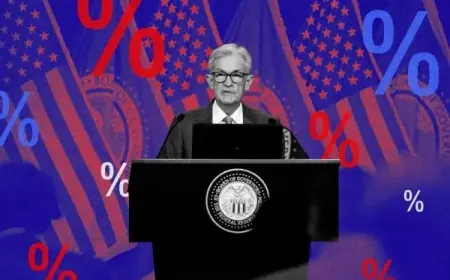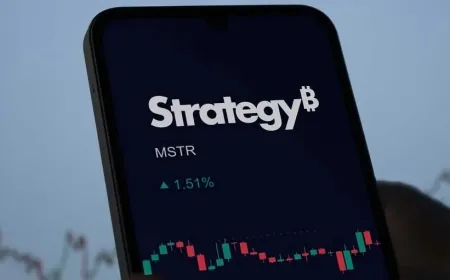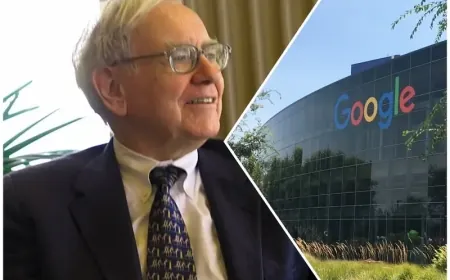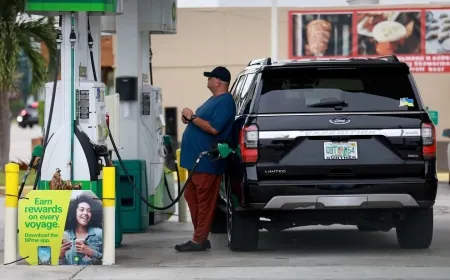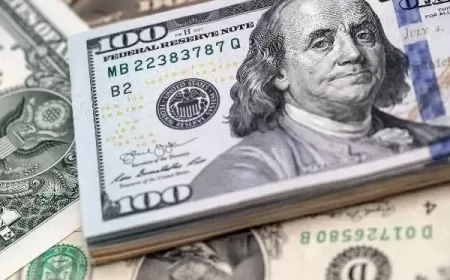Trump’s ‘Big Beautiful Bill’ Ends $7,500 EV Tax Credit — Prices Set to Spike by October
Trump’s new law kills EV tax credits by Sept 30, making top electric cars thousands more expensive. See which models still qualify.
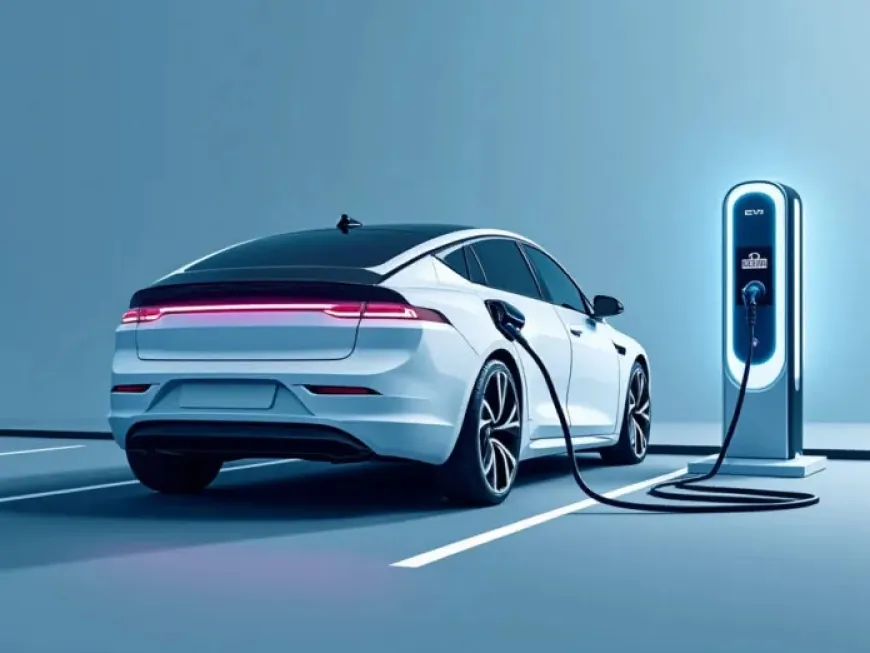
The $7,500 tax credit for new electric vehicles and the $4,000 credit for used EVs will officially expire on September 30, 2025, following the passage of Donald Trump’s “Big Beautiful Bill.” This legislation, signed into law last week, marks a decisive reversal of the Biden-era policy that helped fuel record EV sales across the United States.
The federal credit program had been instrumental in closing the price gap between EVs and gas-powered vehicles. Industry analysts say the end of these subsidies could slow down EV adoption, especially among middle-income buyers, at a time when the market is already battling high interest rates and limited charging infrastructure.
Trump Labels EV Credits a 'Luxury Giveaway'
In promoting the bill, Trump took direct aim at the EV incentive program, calling it a “luxury handout” for wealthy buyers. He frequently cited Tesla and Rivian as examples of companies benefiting from what he sees as taxpayer-funded corporate welfare.
“American families should not be subsidizing six-figure Teslas,” Trump said at a Michigan town hall. “This bill ends that nonsense.”
The move aligns with broader Republican messaging around energy independence, government spending cuts, and support for fossil fuel jobs. By eliminating EV credits, Trump’s administration is signaling a clear pivot away from federal support for clean energy.
EV Prices to Jump by 15–20% Overnight
The removal of the federal credit will push EV prices up significantly. Vehicles priced in the $40,000–$60,000 range—currently eligible for the $7,500 incentive—will effectively become thousands of dollars more expensive for most buyers starting October 1.
According to a recent Kelley Blue Book report, the average EV transaction price in the U.S. was $55,252 in early 2024. Without federal help, many buyers will struggle to justify the switch from gasoline vehicles, especially as inflation and interest rates remain elevated.
Some dealers and automakers are already adjusting pricing strategies ahead of the deadline, while others are bracing for a temporary drop in demand.
Startups Hit Hardest by Policy Shift
While major automakers like GM and Ford have diversified revenue streams, EV-focused startups face a tougher road ahead. Slate Auto, a startup backed by Jeff Bezos, recently removed its promise of a sub-$20,000 electric pickup from its website.
The company had originally counted on federal incentives to help hit its target price point. A product manager at Slate, speaking anonymously, admitted the company “can’t offer that price without the credit” and doesn’t want to “mislead customers.”
Industry insiders say this shift could stall growth for newer brands and lead to investor hesitation, especially in the current high-interest-rate environment.
These EVs Still Qualify for the $7,500 Credit
As of now, these 20 models still qualify for the $7,500 credit—if purchased and delivered before the September 30 cutoff and only if both vehicle and buyer meet eligibility rules:
-
Tesla: Model 3, Model Y, Model X, Cybertruck
-
Ford: F-150 Lightning
-
Chevrolet: Equinox EV, Blazer EV, Silverado EV
-
Hyundai: IONIQ 5, IONIQ 9 (2026 model only)
-
Kia: EV6, EV9
-
Cadillac: LYRIQ, OPTIQ, VISTIQ
-
Chrysler: Pacifica Plug-in Hybrid
-
GMC: Sierra EV
-
Honda: Prologue
-
Jeep: Wagoneer S
-
Genesis: Electrified GV70
-
Acura: ZDX
To qualify, vehicles must be assembled in North America and meet price caps: $55,000 for cars and $80,000 for trucks/SUVs. Income thresholds apply: $150,000 for individuals, $225,000 for heads of household, and $300,000 for joint filers.
Used EV Credit Also Being Eliminated
The $4,000 federal tax credit for used electric vehicles is also ending under the same law. This lesser-known provision was aimed at low- to moderate-income families, allowing them to purchase a used EV for as little as $13,000 to $18,000after incentives.
In 2023, more than 350,000 used EVs were sold in the U.S., according to Edmunds. With this credit gone, many budget-conscious buyers may be priced out of the EV market entirely—pushing them back toward gasoline cars and undermining emissions targets.
Dealerships Launch Final Sales Push
Across the country, car dealerships are rolling out aggressive promotions to clear inventory before the September deadline. In EV-heavy states like California, New York, and Colorado, dealers are advertising special summer savings events.
“We’re telling people: this is your last chance to get the full federal credit,” said Mark Singleton, GM of a Chevrolet dealership in Austin. “Traffic is up, and we’ve added more EV inventory to meet demand.”
Some are also offering dealer-specific rebates or discounted financing as a bridge between current policy and the post-credit market landscape.
Leasing Loophole Remains—for Now
One option that remains is commercial leasing. Under a separate federal policy, automakers can still claim certain tax credits when vehicles are leased, then pass those savings onto consumers.
As a result, many brands—especially Hyundai, Kia, and Tesla—are already pivoting their EV advertising toward lease deals rather than purchases. However, experts caution that this workaround is narrow and may not benefit the broad base of consumers who prefer to own outright.
Some States Still Offer Rebates, But Not for All
While the federal rollback is sweeping, a few states still offer EV incentives that could soften the blow. California’s Clean Vehicle Rebate Project offers up to $7,500 in additional savings, and Colorado’s EV tax credit provides up to $5,000, depending on the model.
However, many of these state programs are income-restricted, require long application processes, and are subject to annual funding limits. Buyers hoping to rely on them are advised to check eligibility carefully.
Trump Targets EV Tax Breaks to Undercut Biden’s Climate Agenda
Trump’s repeal of the $7,500 EV tax credit is more than a budget decision — it’s a direct attack on one of President Biden’s signature climate policies.
Framed as a win for “everyday Americans,” the repeal is a key feature of Trump’s broader campaign to dismantle clean energy incentives introduced during Biden’s term. At recent rallies, Trump has mocked electric vehicles as elite luxuries, saying Americans “don’t want to be told what to drive.”
Behind the rhetoric is a strategic pivot: energize working-class voters by positioning EV subsidies as handouts to wealthy coastal buyers and automakers like Tesla. Republican lawmakers, including House Majority Leader Steve Scalise, have echoed the sentiment.
“These credits were never about fairness — they were about forcing a green agenda that isn’t ready for prime time,” Scalise said during a press conference after the vote.
Democrats have called the repeal a gift to the fossil fuel industry. Industry analysts warn it could slow domestic EV production and undercut U.S. competitiveness against China, which continues to heavily subsidize its electric vehicle sector.
Recent estimates from the Congressional Budget Office suggest the repeal will save roughly $28 billion over the next decade, but at the cost of losing an estimated 1.2 million EV sales and 45,000 green manufacturing jobs by 2030.
Going Electric Will Cost More After September 30
| EV Price Comparison by State: With & Without EV Tax Credits | ||||||
|---|---|---|---|---|---|---|
| State | Avg EV Price | Federal Credit | State Rebate | Sales Tax | Final Price With Credits | Price After Sept 30 |
| California | $59,200 | $7,500 | $7,500 | 7.25% avg | $44,200 | $59,200 |
| Colorado | $55,500 | $7,500 | $5,000 | 4.6% | $43,000 | $55,500 |
| New Jersey | $55,500 | $7,500 | $4,000 | 0% on EVs | $44,000 | $55,500 |
| Oregon | $55,500 | $7,500 | $2,500 | 0% | $45,500 | $55,500 |
| Massachusetts | $55,500 | $7,500 | $3,500 | 6.25% | $44,500 | $55,500 |
| Illinois | $55,500 | $7,500 | $4,000 | 6.25% avg | $44,000 | $55,500 |
| New York | $55,500 | $7,500 | $2,000 | 4–8.875% | $46,000 | $55,500 |
| Maryland | $55,500 | $7,500 | $3,000 | 6% | $45,000 | $55,500 |
| Connecticut | $55,500 | $7,500 | $2,250 | 6.35% | $45,750 | $55,500 |
| Texas | $55,500 | $7,500 | N/A | 6.25% | $48,000 | $55,500 |
| Florida | $55,500 | $7,500 | N/A | 6% avg | $48,000 | $55,500 |
| Arizona | $55,500 | $7,500 | N/A | 5.6% | $48,000 | $55,500 |
| Washington | $55,500 | $7,500 | $1,500–$9,000 | 0% | $39,000–$46,500 | $55,500 |
| Nevada | $55,500 | $7,500 | $2,500 | 6.85% | $45,500 | $55,500 |
| Georgia | $55,500 | $7,500 | N/A | 7% | $48,000 | $55,500 |
| Pennsylvania | $55,500 | $7,500 | $2,000 | 6% | $46,000 | $55,500 |
| Michigan | $55,500 | $7,500 | N/A | 6% | $48,000 | $55,500 |
- STATE REBATE refers to incentives provided by state governments.
- FEDERAL CREDIT is the tax credit available under the federal program.
- SALES TAX varies by state and can affect the final vehicle cost.
- FINAL PRICE WITH CREDITS is the average vehicle cost after applying all available credits.
- PRICE AFTER SEPT 30 indicates the expected vehicle price when federal credits expire or reduce.
With just a few months left before the credits expire, consumers are facing a narrowing window of opportunity. Automakers are under pressure to adjust pricing, launch new incentives, or scale back EV production targets.
If you're considering an electric vehicle, now may be your last chance to take advantage of the full suite of federal incentives. After September 30, the cost of going electric in America will rise—possibly for good.
|
Follow iShook on Social Media for More Tips and Updates! |





